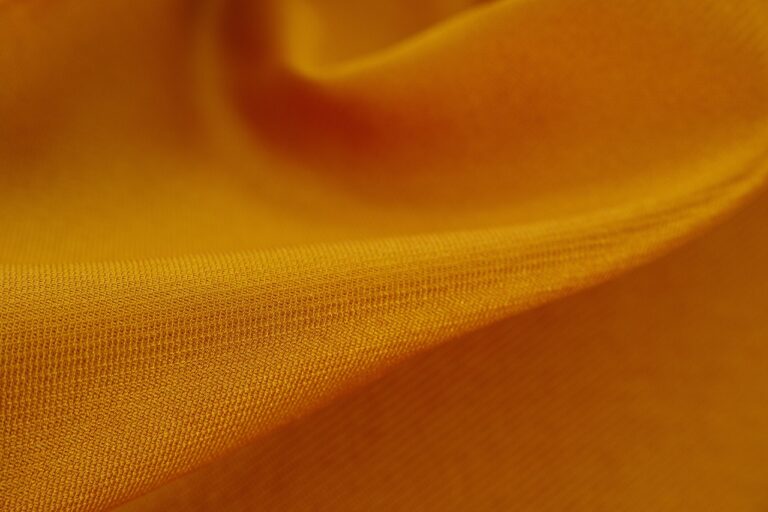The Rise of 3D-Printed Fashion
The introduction of 3D-printed fashion in the industry has revolutionized the way garments and accessories are designed and produced. This innovative technology allows for intricate and complex designs to be created with precision and efficiency, offering endless possibilities for customization and personalization for consumers. The ability to produce unique pieces on demand not only reduces waste but also opens up new avenues for creative expression within the fashion world.
Moreover, 3D-printed fashion has the potential to shorten the production cycle significantly, enabling designers to bring their concepts to life faster than ever before. This rapid prototyping process allows for quick iterations and adjustments, saving time and resources in the development phase. By streamlining the production process, 3D printing has the power to disrupt traditional supply chains and manufacturing methods, paving the way for a more sustainable and responsive fashion industry.
Impact of Technology on Traditional Fashion Design
Technology has undeniably revolutionized the traditional landscape of fashion design in numerous ways. The integration of advanced software in the design process has streamlined the creation of intricate patterns and detailed designs with precision and speed. Traditional hand-sketching and draping techniques are now complemented by digital tools that offer endless possibilities for experimentation and customization.
Furthermore, technology has not only enhanced the design process but has also transformed the way garments are produced and marketed. The adoption of 3D printing has allowed designers to bring their conceptual ideas to life in a more sustainable and cost-effective manner. The ability to produce small-batch or custom garments on-demand has opened up new opportunities for designers to connect with their audience on a more personal level, challenging the conventional mass production model of the fashion industry.
How has technology impacted traditional fashion design?
Technology has revolutionized traditional fashion design by introducing 3D printing, virtual reality, and artificial intelligence to streamline the design process and create innovative designs.
What are the benefits of 3D-printed fashion in the industry?
3D-printed fashion allows for customization, reduced waste, and increased speed in production, leading to more sustainable and efficient practices in the fashion industry.
How has virtual reality influenced traditional fashion design?
Virtual reality has enabled designers to visualize their designs in a 3D environment, making it easier to experiment with different styles, colors, and fabrics before creating physical prototypes.
How has artificial intelligence impacted the fashion industry?
Artificial intelligence has been used for trend forecasting, personalized shopping experiences, and supply chain optimization, helping designers and brands make data-driven decisions to stay ahead in the competitive fashion market.





